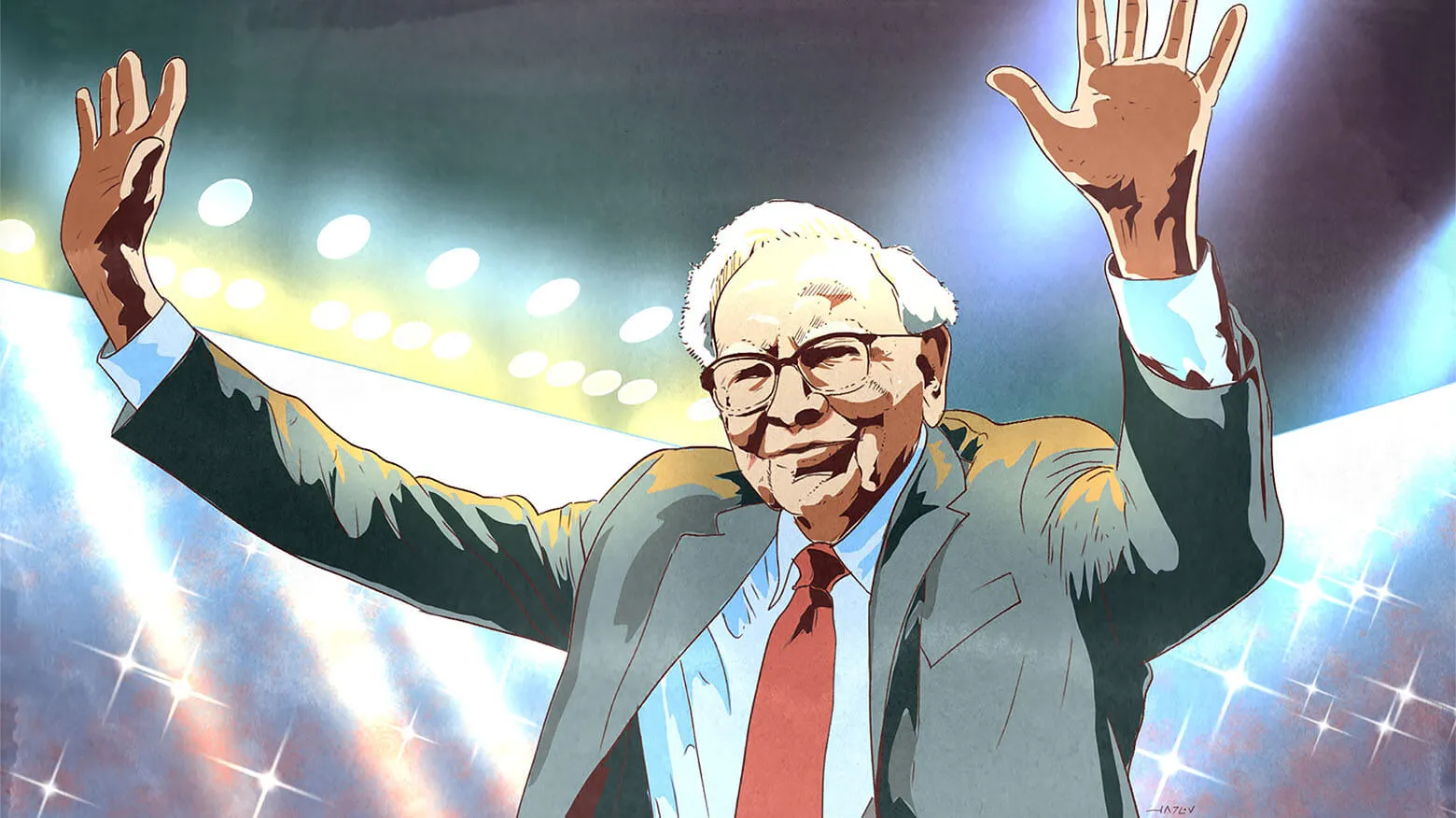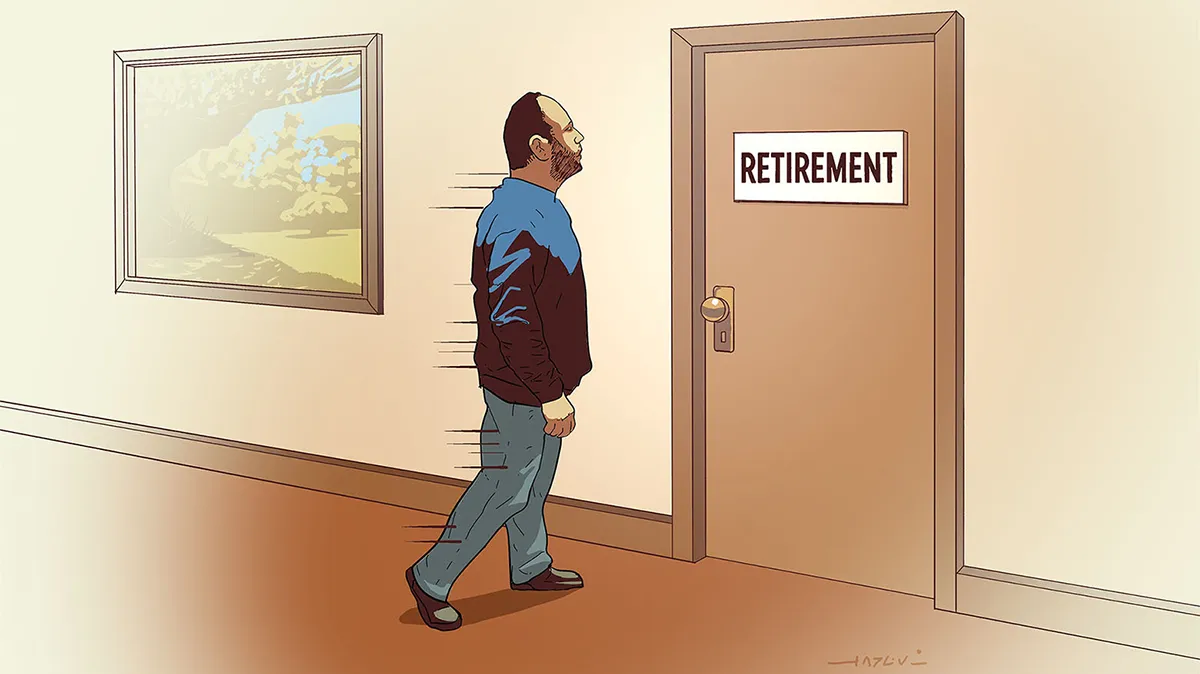Interest rates went up and refused to decline. They are high in relation to where they came from, but they look reasonable in relation to inflation, which is running about 3%.
Bulls argue that current interest rates only appear to be high in relation to the last 20 years, and they are actually low if you look at the 30 years before the turn of the century. This argument is historically accurate, but it is missing a very important point – interest rates that stay low and actually keep declining for almost a quarter of a century slowly propagate deep into the fabric of the economy.
Let me try this analogy.
Think of interest rates as gravity. Imagine if for almost a quarter of a century we lived in an artificially low-gravity environment. This low gravity impacted everyone. We could almost fly for nearly a generation. This new low gravity became the new normal.
And then suddenly, in less than a year, normal gravity came back.
We had gotten so used to low gravity that it seeped deep into our behavior. We didn’t realize it, but though we appeared to be fit, our muscles, while strong in low gravity, atrophied for a normal-gravity environment.
This low gravity had become deeply embedded in our muscle memory. Suddenly, normal gravity returned, and what we did with ease for almost a generation– walking, running, lifting – became much harder.
The fact that a quarter of a century ago previous generations lived in a high-gravity environment tells us only that our species will survive in normal and even high-gravity situations, but it’s going to take a while to get used to a new normal-gravity environment. Everything was easier in the low-gravity setting, even mistakes.
Though the level of interest rates is not high, to truly understand their impact on the economy it’s important to look at where they came from, as decisions made by businesses, consumers, and government (the economy) are in tension with the decisions they made when interest rates were a lot lower.
Every one of these participants made daily choices that inadvertently assumed low interest rates.
Consumers buy houses, cars, RVs, remodel their houses. They pay careful attention to what those things are going to cost them on a monthly basis (in relation to their paychecks). This monthly cost is a function of three factors – price, interest rate, and length of a loan.
The interest rate is an important part of the cost of capital for a business when it decides to build new corporate headquarters, invest in a new factory, or expand into a new market.
And then there’s government. Climbing debt in peacetime is a byproduct of promises made by politicians to current voters that exceed available means (at the expense of future generations). When interest rates are near zero, government economists come up with optimistically sounding theories like Modern Monetary Theory, which basically says debt is irrelevant, giving them a license to issue unlimited debt.
For a while, when interest rates are near zero, they sound brilliant; also, they have the word modern in front of the theory. I’m not a psychologist, but I have a suspicion that new generations always think they are smarter (and more entitled) than previous generations, and thus the laws of economics somehow bend before their giant intellects. This is how we got to $33 trillion of government debt.
Where interest rates came from has a significant impact on the economy.
But.
There is another element that we have to pay closer attention to – time.
It takes time for higher interest rates to have an impact on the economy. Projects that were already financed at low interest rates but have yet to be built are not going to be impacted.
The majority of consumers have locked in 30-year mortgages, and as long as they stay put, the doubling of mortgage rates has had no impact on them. However, if they make a lateral move, let’s say to the house across the street, the cost of their monthly mortgage will double. This is why transactions in the housing market declined by almost 50% in the last few years. Right now, homeowners feel like they are prisoners in what their grandparents would consider mansions – they cannot afford to sell their houses.
Our government would have been smart to lock in low interest rates, but it was not – our average debt maturity is about six years. We are already adding a few trillion in debt every few months, and it will only get worse unless interest rates decline.
Most corporations have locked in low interest rates for about eight years, and so far higher interest rates have had very little impact on a typical corporation. Going forward, more corporations will be choosing to pay off their debt when it comes due – which is de-stimulating to the economy.
But even this sector is not immune to higher interest rates. They will start impacting lower-credit-quality corporations that need to keep rolling over their debt. If you add the stress of economic weakness (which we have escaped for years), we’ll start seeing higher defaults in this area.
Office buildings are the sector of the corporate debt market that is easiest to see as a trainwreck in slow motion.
Most debt in this market is in balloon loans that need to be refinanced every 10 years (usually originated by small/medium-sized banks). The problem with the low-gravity – sorry – low-interest-rate environment is that it inflated a lot of asset prices – the hurricane called FOMO (fear of missing out) was raging in this sector. Cap rates (net rent income divided by price paid) got into low to mid single digits here, just a few percent above the ten-year Treasury. Folks were buying assets simply on yields, assuming that interest rates would always remain low and occupancy would stay high.
This sector was experiencing problems of overcapacity even before the pandemic. Add work-from-home workers, and the occupancy in office buildings is hitting new multi-decade lows. Prices will have to decline a lot, and thus refinancing this debt will be difficult. Unless low interest rates and higher occupancy come to the rescue, office buildings are a train without brakes heading into a wall.
This “low-gravity” behavior was not just limited to office buildings; it will take a combination of higher interest rates and slowing economy to expose it.
We (intentionally) own only a very few highly indebted companies in our portfolio, and they have several important characteristics: They have very stable, noncyclical, highly recurring cash flows; their debt maturities are spread far (several decades) into the future; and they can pay off any maturity from their free cash flow (a liquidity crunch will not impact them).
Higher interest rates made everything that needed to be financed more expensive. Consumers were spending the pandemic money, which has either run out or is close to running out. Add to that higher prices for almost everything, and I wouldn’t be surprised if consumer spending resets lower. We have already started hearing from companies that consumer spending has started to weaken.
Since consumers are a very large part of the economy, this will slow the economy down and push unemployment (which is already rising) higher.
Higher interest rates will eventually make their way into the economy; it will just take time. We have been preparing for this. We intentionally have very little exposure to economically sensitive sectors. Over the last few years, we have substantially increased the quality of companies in the portfolio through both subtraction (selling) and addition (buying).
Key takeaways
- Understanding economy requires recognizing that current interest rates, while not historically high, represent a significant shift from the prolonged low-rate environment that shaped economic behavior for nearly a quarter-century.
- The impact of rising interest rates on the economy is like a return to normal gravity after years in a low-gravity environment – it takes time for economic participants to adjust their “muscle memory.”
- Time is a crucial factor in understanding economy’s response to interest rate changes. The full impact of higher rates will unfold gradually as various sectors face refinancing challenges and adjust their spending patterns.
- The office building sector serves as a visible example of the potential economic fallout from the combination of higher interest rates and changing market conditions, highlighting the importance of considering multiple factors when understanding economy.
- Consumer spending, a major driver of the economy, is likely to reset lower as pandemic savings deplete and higher prices for goods and services take effect, potentially leading to broader economic slowdown and rising unemployment.









I believe a distinction needs to be made between urban and suburban office real estate. Thus far, it’s the urban office market that has come under real pressure. These large footprint, 20+ story buildings are not financed by community banks. Rather, the majority of these loans are at the too-big-to-fail banks, office REITs, insurance co’s and in the CMBS market. That being said, office loans represent a small % of the large banks overall loan portfolios. So, as these loans go bad, pre-provision pre-tax profits will be able to absorb the losses. Suburban offices have yet to experience the same problems as the urban market. Many of the properties are 4 stories or less with diverse occupancy or are owner occupied properties. Further, post-covid many companies and their employees prefer the more convenient locales that the suburban market provides. As a result, I believe much of what is written about the impact of the office market on the banking industry is nothing more than fear porn. Happy to discuss if you like Vitaliy.
I love your stuff. Two questions. You say that unemployment is rising. Where? What sectors? It’s not rising overall that I can discern. Second. You don’t discuss higher wages that came along with the recent inflation spike. At least to some extent the increased buying power will help maintain consumer spending, wouldn’t it?
Trump will browbeat the Fed, replace Powell as Fed chair and appoint flunky Fed governors to get his way. This will be made easier IF he has a Republican House and Senate. He will cut taxes and increase spending to goose the economy. We’ll see how long the bond market puts up with this but it will probably gone on for longer than one might expect especially with a pliant Ferderal Reserve. The Dems fiscal/monetary policies might not be AS bad but won’t be much better. This is what Americans voters want and ,as HL Mencken once said, “it’s the job of politicians to give the public what it wants hard and fast”.
What could go wrong?
Dear Vitaliy,
I enjoyed reading the article. I believe interest rates are still way above the 3% current inflation rate. You notice that in all types of loans. As you mentioned, the high interest rates are locking retirees and other looking to move for various reasons where people cannot sell their homes because people cannot afford to buy a home.
The economy is beginning to slow. Sure the government touts the job creation numbers. What they don’t mention is the loss of jobs.
You mention the higher interest will eventually make their way into the economy just taking time. It’s already here. For example, I received an updated terms and condition notice from a retail store. Talk about gouging. The new interest rate was 34.9%. Almost double the prior rate of a few years ago. No wonder consumer spending is starting to slow. I shredded my card.
Looking forward to the next two letters.
Thanks,
Loved the analogy of gravity to interest rates!